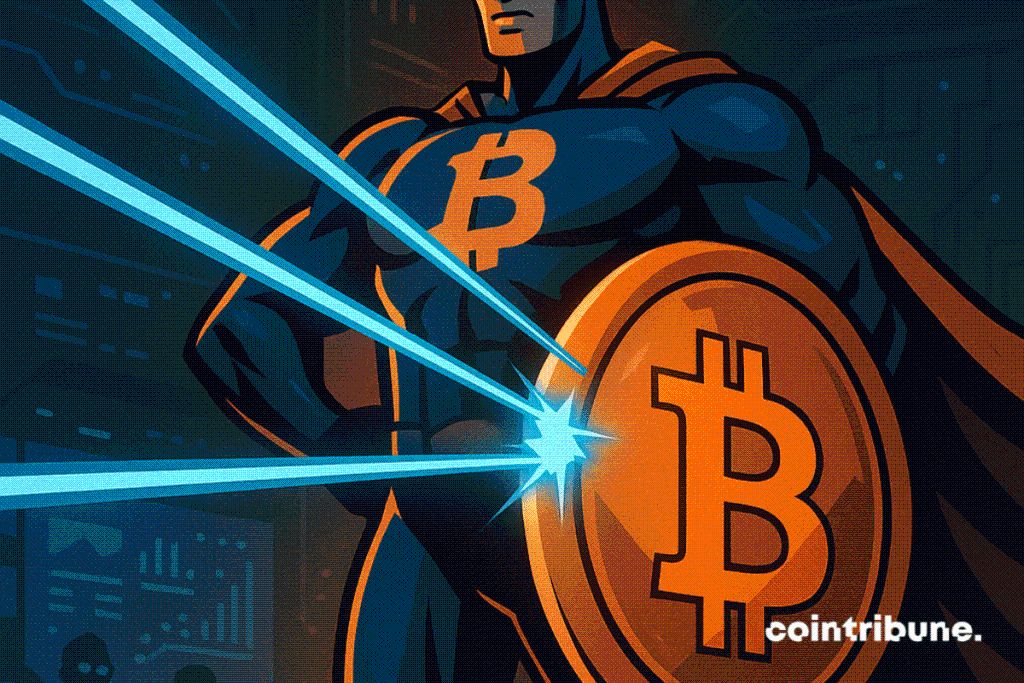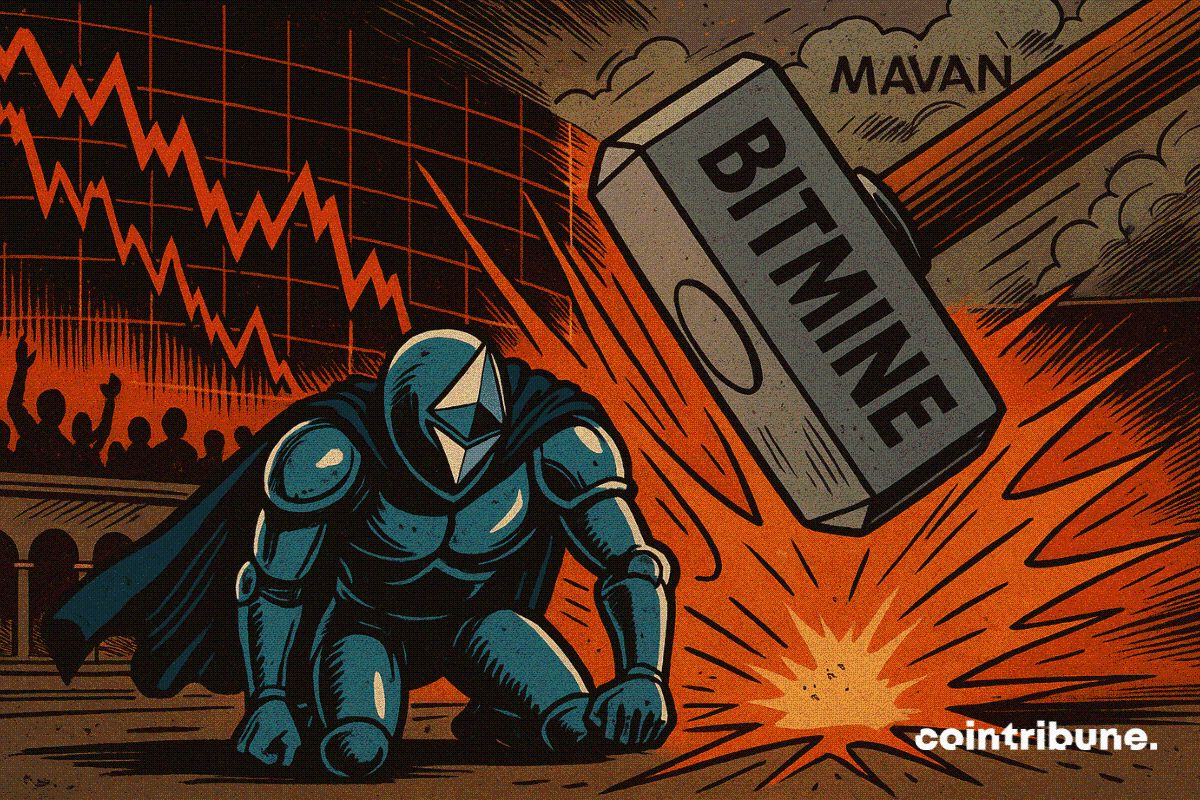Bitcoin : An independent audit praises the solidity of Bitcoin Core
The Bitcoin Core audit everyone was demanding has finally taken place and it found almost nothing to criticize. For software securing a network worth hundreds of billions, this is no small detail. It is a strong signal, both for cypherpunks and institutional desks accumulating BTC behind the scenes.

In brief
- The independent Bitcoin Core audit revealed no major flaws, confirming the high maturity and robustness of its code.
- Debates around Bitcoin Core v30 and Bitcoin Knots mainly concern the presence of non-financial data on the blockchain, between protocol neutrality and filtering intentions.
- For users as well as institutions, this audit reinforces the idea that BTC relies on a serious software infrastructure that is hard to attack from a security standpoint.
A Bitcoin Core audit passed with flying colors
For 104 days, Quarkslab audited Bitcoin Core for OSTIF, funded by Brink: a historic first public audit. The goal was to verify if the software that runs the majority of BTC nodes truly deserves the trust it has been given for years.
The scope was no cosmetic detail. Auditors focused on the most sensitive parts: peer-to-peer layer (P2P), block validation logic, chain state management, reorganization scenarios. In short, everything that, in case of a subtle bug, could destabilize the entire network.
Result: no critical, high, or even medium vulnerabilities. Only two minor issues were detected, with some recommendations targeting fuzzing tools and improving test coverage. These points do not affect consensus, DoS attack resistance, or transaction validation. For more than 200,000 lines of C++ and 1,200 tests, auditors praise a codebase among the most mature.
P2P, mempool, reorganizations: the network’s core examined closely
The Bitcoin Core audit focused on the P2P layer, where blocks, transactions, and peer discovery transit. Each node can handle about 125 connections, turning this network into a gigantic propagation web. The auditors explored workaround paths, trying to bypass validation and bans of malicious peers in Bitcoin Core. They found none exploitable.
Then, attention was placed on the mempool, chain state transitions, and reorganization management. These critical areas can cause chain divergences, temporary desynchronizations, or open the way to sophisticated attacks. Here again, the audit revealed no practical attack vectors that could be exploited on the real network.
Above all, Quarkslab did not just check boxes . The team recommended expanding fuzzing with new scenarios, notably on block connection and reorganizations. This already translates into new fuzzing harnesses, better file system management to speed up tests, and tools to detect performance regressions over time. In short, the audit does not just state that it is solid today, but strengthens Bitcoin Core’s ability to remain robust tomorrow.
While the Bitcoin Core audit ended with no flaws, another storm was brewing in the community. In October, the Bitcoin Core v30 update, described by some as a change that threatens network unity , reignited tensions between supporters of Bitcoin Core and those of Bitcoin Knots.
Disclaimer: The content of this article solely reflects the author's opinion and does not represent the platform in any capacity. This article is not intended to serve as a reference for making investment decisions.
You may also like
What are the five major changes that Beam Chain will bring to Ethereum?
Beam Chain is not a new blockchain in the literal sense, but rather a new infrastructure built within the Ethereum mainnet that will significantly enhance the transaction speed, security, and efficiency of the L1 mainnet.

Staking Ethereum: BitMine's Ultimate Plan to Survive the Market

Solana and XRP ETFs resist as Bitcoin faces record withdrawals

Brutal Correction Hits Speculative Crypto Sectors

